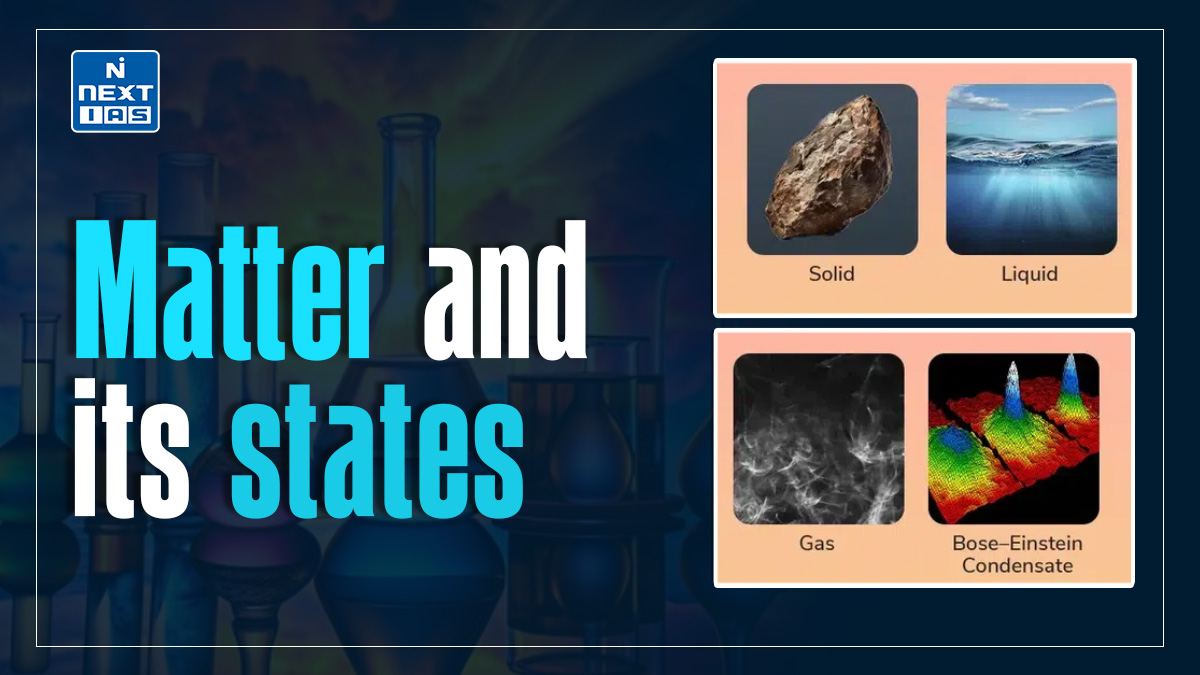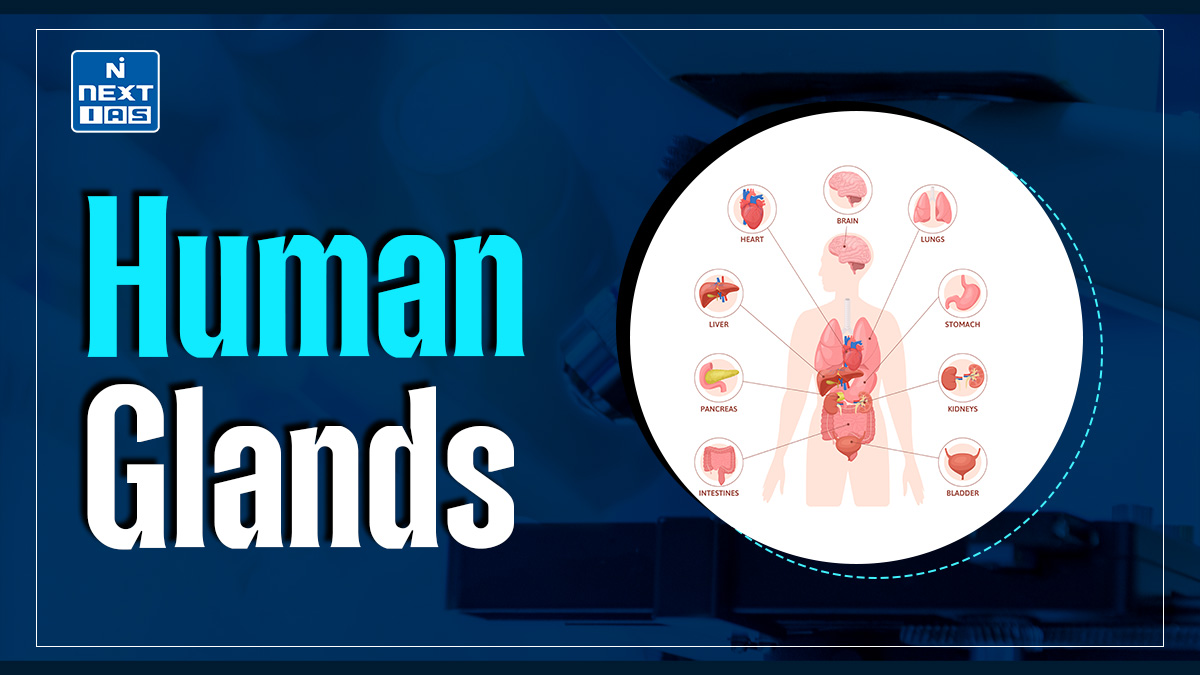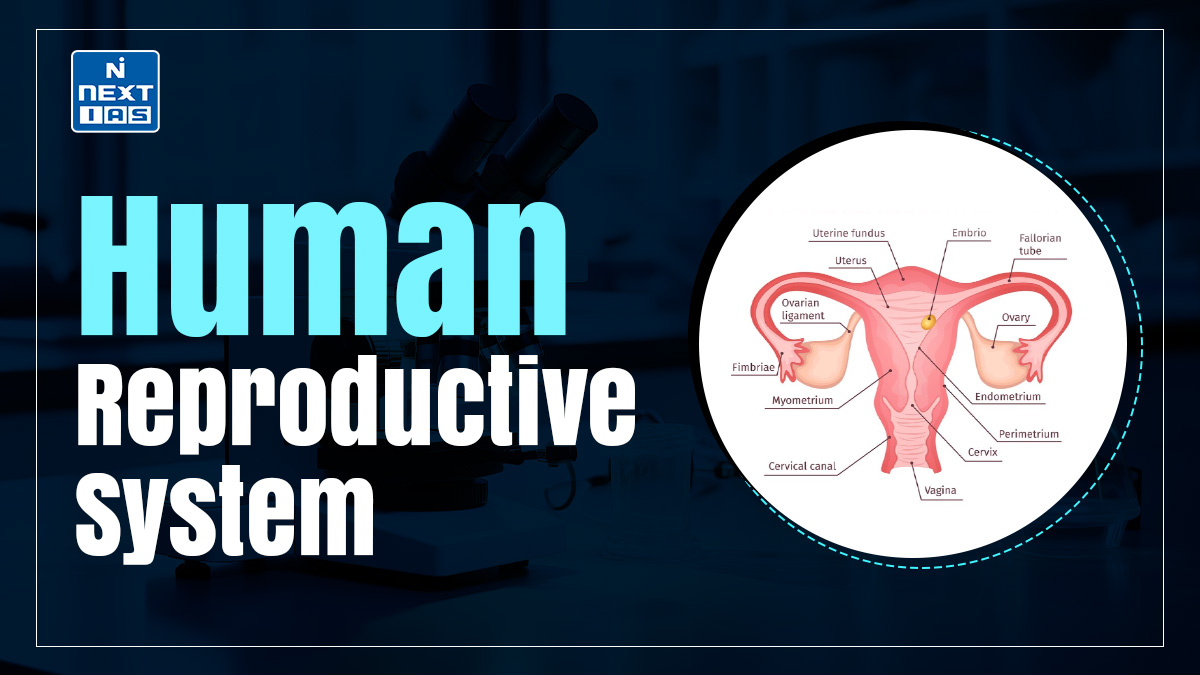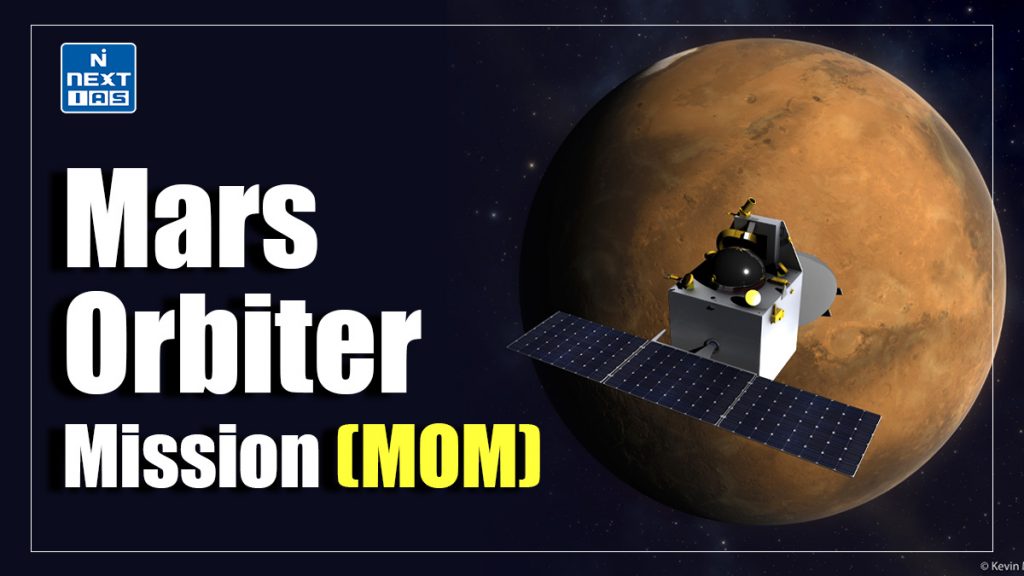
The Mars Orbiter Mission (MOM), also known as Mangalyaan, was India’s first interplanetary mission, launched by the Indian Space Research Organisation (ISRO) in 2013. Its objectives were to study Mars’ surface, atmosphere, and mineral composition, marking a significant achievement for India as the first Asian nation to reach Mars’ orbit. This article aims to study about the Mars Orbitor Mission (MOM).
About the Mars Orbiter Mission (MOM)
- The Mangalyaan mission, also called the Mars Orbiter Mission, was the first Indian interplanetary mission.
- It was launched on 5 November 2013 and the space probe that was launched in 2013 is still orbiting Mars.
- This mission made India the first Asian nation to reach Martian orbit and the first nation in the world to do so on its maiden attempt.
- Also, India became the fourth country to do so, after Russia, the USA and Europe. The mission is a “technology demonstrator” project to develop the technologies for designing, planning, management, and operations of an interplanetary mission.
- It carries five scientific instruments. The spacecraft is currently being monitored from the Spacecraft Control Centre at ISRO Telemetry, Tracking and Command Network (ISTRAC) in Bengaluru.
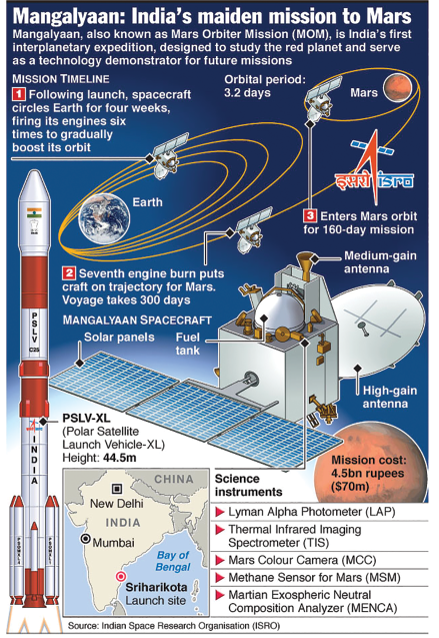
Mission Profile
- The 1337 kg spacecraft was carried onboard PSLV C25 on November 5, 2013 from the Indian spaceport at SDSC, SHR.
- The spacecraft was injected precisely into the intended 250 x 23000 km orbit with an inclination of 17.864 degree, marking the beginning of ISRO’s first interplanetary mission to planet Mars.
- The minimum energy transfer opportunity from Earth to Mars occurs once in 26 months. The opportunity in 2013 demanded a cumulative incremental velocity of 2.592 km/sec.
- The following five payloads were included as per the recommendations of the ISRO’s Advisory Committee for Space Sciences (ADCOS).
| PAYLOAD | PRIMARY OBJECTIVE |
|---|---|
| Lyman Alpha Photometer (LAP) | Escape processes of Mars upper atmosphere through Deuterium/Hydrogen |
| Methane Sensor for MARS (MSM) | Detect presence of Methane |
| Martian Exospheric Composition Explorer (MENCA) | Study the neutral composition of the Martian upper atmosphere |
| MARS Colour Camera (MCC) | Optical imaging |
| TIR imaging spectrometer (TIS) | Map surface composition and mineralogy |
The Mars Orbiter spacecraft reached Mars, after a journey of 10 months, in September 2014. It was a period of high solar activity when the exosphere of Mars is expected to be more extended. Thus, the orbital opportunity and time frame of MOM were highly conducive to probe the upper atmosphere-exosphere of Mars. The deployed views of the spacecraft indicating the scientific payloads are shown below.
Significance of MOM
The Mars Orbiter Mission (MOM), also known as Mangalyaan, is significant for several reasons:
- India’s First Interplanetary Mission: MOM marked India’s entry into interplanetary exploration. Launched by the Indian Space Research Organisation (ISRO) in 2013, it made India the first Asian country to reach Mars orbit and the fourth space agency worldwide to do so, after NASA, the Soviet space program, and the European Space Agency.
- Cost-Effectiveness: MOM was completed on a remarkably low budget, around $74 million USD, making it one of the most cost-effective Mars missions ever. This demonstrated ISRO’s capability to execute high-impact space missions at a fraction of the cost of similar missions by other space agencies.
- Technological Achievement: The mission showcased India’s ability to develop, test, and launch a complex mission involving long-duration travel, deep-space communication, and interplanetary navigation. Critical technologies such as autonomous spacecraft systems, deep-space navigation, and trajectory correction maneuvers were all successfully demonstrated.
- Scientific Contributions: MOM collected valuable data about the Martian atmosphere, surface, and mineral composition. Key instruments, like the Mars Color Camera and Methane Sensor, provided high-resolution images and studied methane levels, contributing to our understanding of Mars’ potential for life and planetary climate.
- Global Prestige and Influence: MOM bolstered India’s international reputation in space science, earning global recognition and respect. The mission’s success inspired international collaborations and strengthened India’s role as a significant player in space exploration.
- Inspiration for Future Missions: MOM paved the way for ISRO’s subsequent missions, such as Chandrayaan-2, and inspired further Mars missions by emerging space programs around the world.
Way Forward
The success of the Mars Orbiter Mission (MOM) opens up multiple possibilities for the future of Mars exploration by the Indian Space Research Organisation (ISRO) and other space agencies. Building on MOM’s achievements, here are some forward-looking directions for future Mars missions:
- Mars Orbiter Mission 2 (Mangalyaan-2)
- ISRO has proposed a follow-up Mars Orbiter Mission, which could include more advanced scientific instruments to study the Martian atmosphere, climate, and surface in greater detail. MOM-2 could also carry a lander or rover to conduct surface experiments, allowing for direct analysis of Martian soil and rock composition.
- Enhanced Scientific Payload
- Future missions could carry more sophisticated scientific instruments, such as advanced spectrometers, seismometers, and cameras, to provide high-resolution imaging, atmospheric analysis, and mineralogical mapping. This would enable a more comprehensive study of Mars’s geology, mineral resources, and signs of past water or biological activity.
- Collaborative Missions with Other Space Agencies
- ISRO could deepen its partnerships with other space agencies like NASA, ESA, and JAXA for joint Mars missions. Collaborative missions could share the costs and benefits, pooling advanced technology, data, and expertise, potentially enabling more ambitious projects like sample return missions or coordinated Mars networks.
- Mars Sample Return and Human Exploration
- Building on MOM’s success, ISRO could consider preparing for a Mars sample return mission or contributing to an international sample return mission. Such missions would bring Martian soil back to Earth, enabling direct analysis with advanced lab equipment. This would lay the groundwork for potential human exploration by helping scientists better understand the Martian environment.
- Advanced Technologies for Autonomous Operations
- Future Mars missions could leverage advancements in artificial intelligence (AI) and autonomous robotics to enhance data collection and analysis on Mars. AI could help make autonomous decisions, improve navigation, and optimize data transmission, enabling longer and more efficient missions.
- Focus on Mars Climate and Atmospheric Dynamics
- Understanding Mars’s atmosphere and climate is crucial for future human missions. A forward mission could focus on long-term climate monitoring, dust storm patterns, seasonal changes, and atmospheric loss to space, which would be critical for assessing the habitability of Mars and planning for future exploration.
- Public Engagement and STEM Education
- Leveraging MOM’s success, ISRO could develop more outreach and educational programs to inspire public interest and foster a new generation of scientists and engineers. Increasing public involvement and transparency in mission planning can build stronger support for future Mars missions.
- Development of In-Situ Resource Utilization (ISRU) Capabilities
- In preparation for potential human exploration, future Mars missions could experiment with in-situ resource utilization technologies, such as extracting oxygen from the Martian atmosphere or using Martian soil to build infrastructure. These technologies are essential for creating self-sustaining outposts on Mars.
- Longer-Duration Mars Missions
- With MOM’s proven success, ISRO could work towards more extended-duration missions with enhanced power systems, such as advanced solar arrays or even nuclear power sources, to support long-term scientific research and improve mission resilience in the harsh Martian environment.
- Involvement in Global Mars Exploration Goals
- As space agencies globally set sights on Mars exploration, ISRO could play a key role in international initiatives toward understanding Mars as a potential site for human settlement. This could involve participating in global efforts to map Mars in unprecedented detail, identify safe landing sites, and develop infrastructure for human presence on Mars.
Building on MOM’s success, these forward-looking steps would not only enhance our understanding of Mars but also position ISRO as a leading player in interplanetary exploration. Each step toward these future missions contributes to a better understanding of our solar system and humanity’s potential for becoming a multi-planetary species.
Conclusion
- The Mars Orbiter Mission (MOM) was a landmark achievement for India, demonstrating ISRO’s ability to conduct cost-effective, complex interplanetary missions. It provided valuable scientific data on Mars, advancing our understanding of the Red Planet and showcasing India’s growing capabilities in space exploration.
- MOM fostered international collaboration, inspired a new generation, and set the foundation for future missions. Its success underscored India’s potential as a leader in space technology, contributing significantly to global Mars exploration efforts.
Frequently Asked Questions (FAQs)
Which is India’s first Mars Orbiter Mission?
India’s first Mars Orbiter Mission (MOM), also known as Mangalyaan, was launched by ISRO on November 5, 2013. It marked India’s successful entry into interplanetary exploration, making India the fourth country to reach Mars. The mission’s primary objective was to study the Martian atmosphere, surface, and mineral composition.
Is the Mars Orbiter Mission still active?
Yes, India’s Mars Orbiter Mission (Mangalyaan) is still active, well beyond its expected lifespan. Launched in 2013, it continues to send valuable data from Mars, providing insights into the planet’s atmosphere, surface, and mineral composition. Its success marks a major achievement for ISRO in space exploration.
What was the purpose of the Mars Orbiter Mission?
The purpose of India’s Mars Orbiter Mission (Mangalyaan) was to explore Mars’ surface, morphology, and atmosphere, demonstrating India’s capability in interplanetary exploration. It aimed to study Martian soil, weather, and mineral composition, while also serving as a cost-effective mission to enhance India’s global presence in space research.
What are the achievements of the Mars Orbiter Mission?
India’s Mars Orbiter Mission (Mangalyaan), launched in 2013, made history by being the first Asian mission to reach Mars orbit and the first globally to do so in its maiden attempt. Key achievements include successful Mars orbit insertion, high-resolution imaging, and data on Martian atmosphere, surface, and mineral composition.
Which is the first country to enter Mars orbit on its first attempt?
India became the first country to enter Mars orbit on its first attempt with the successful launch of the Mars Orbiter Mission (Mangalyaan) in 2013. This achievement made India the first nation to reach Mars’ orbit on its maiden mission, showcasing its space capabilities and technological advancements.

